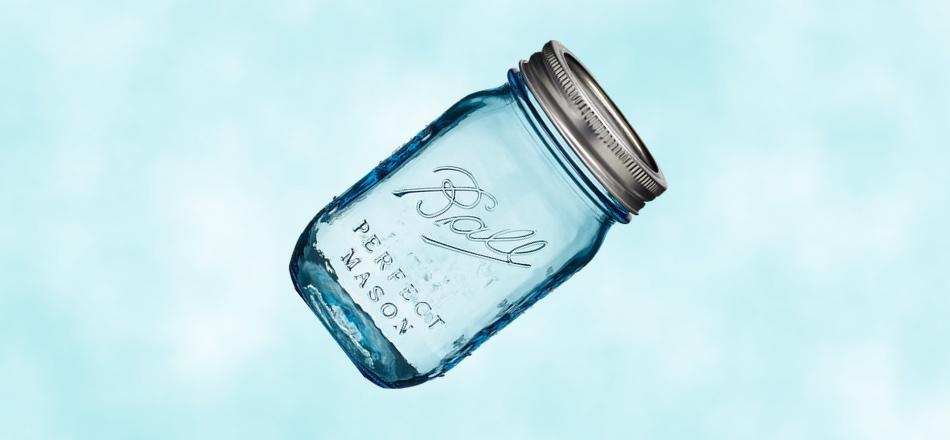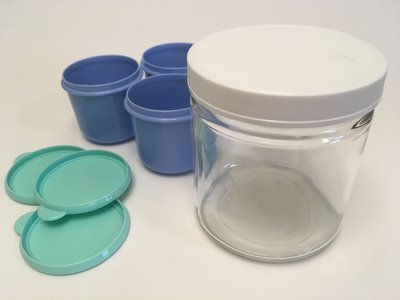Jars

People in the lay withdrawal community use a wide variety of types of jars to make liquid mixtures or dilutions. The jars should have tight-fitting lids and should not leak when shaken or transported. Glass jars are generally considered to be optimal. Some people buy jam or olives from the grocery store, use the contents, and save the jars; others buy new empty jars (such as canning jars) solely for the purpose of tapering. It’s good to have back-up jars on hand. Of course it’s important to regularly clean and sterilize jars (in boiling water, for example). Though many people use plastic jars, it is important to be aware that plastics come in lower and higher qualities and can degenerate over relatively short spans of time, and toxic chemicals within plastics can leach into water or other liquids. Many plastics are only tested and certified to safely maintain their chemical and structural integrity within relatively small temperature ranges and when in contact with a relatively small range of chemical substances (e.g. a typical container for storing yogurt in a refrigerator is not tested for its ability to safely store acidic liquids such as juices or warm tomato sauce).
The number of jars people need depends on how often they’ll be taking their drug. If taking a prescription only once a day, a person likely just needs one jar. But if dividing a total daily dose amount into more than one dose per day, both a “main jar” and secondary “dose jars” are needed. A main jar is usually bigger than dose jars, since it will hold the total starting liquid dose that will be divided up. It also needs to have extra room to allow for vigorous shaking.

Laypeople in the withdrawal community commonly suggest these tips to one another for choosing jars:
- Jars should have a wide enough mouth so that a person can comfortably fit a syringe and all fingers in the opening.
- Jars should be short enough that the syringe will reach the liquid in the bottom. A wide-mouthed, short jar is typically considered best.
- Before using a jar for tapering, test for leaks by filling with water and shaking vigorously with the lid on. (Baby food jars often leak. Tops for older jars can begin to wear and leak. New tops for canning jars are widely available for purchase.)
- It’s important to talk to a pharmacist about how to appropriately store a drug that is in a liquid mixture. For example, if exposure to light is a concern and the pharmacist recommends storing a drug in a dark place, dark-tinted jars may be helpful.
In this section
- Step 10- Get Informed About Your Psychiatric Drug
- Step 11- Ensuring that a Drug is Relatively ‘Taper-friendly’
- Step 12- Interactions, Reactions and Sensitivities
- Step 13- Taper Rates
- Step 14- Taper Schedules
- Step 15- Taper Methods
- Step 16- Preparatory Decisions
-
Step 17- Gather the Gear
- Adapter Caps
- Bead-counting Surface
- Counting Implement
- Digital Scale
- Empty Capsules
- Graduated Cylinders and Pipettes
- Jars
- Labels and Pen/marker
- Measuring Bowl or Tray
- Mortar and Pestle
- Pharmaceutical-grade Powder Filler
- Pill Bottles
- Pill Organizer
- Refrigerator and/or Cooler Bag
- Slip Tip Syringes
- Transferring Implements
- Step 18- Essential Skills
- Step 19- Setting Up a Taper Journal
- Step 20- Implementing a Taper
TWP’s Companion Guide to Psychiatric Drug Withdrawal Part 2: Taper